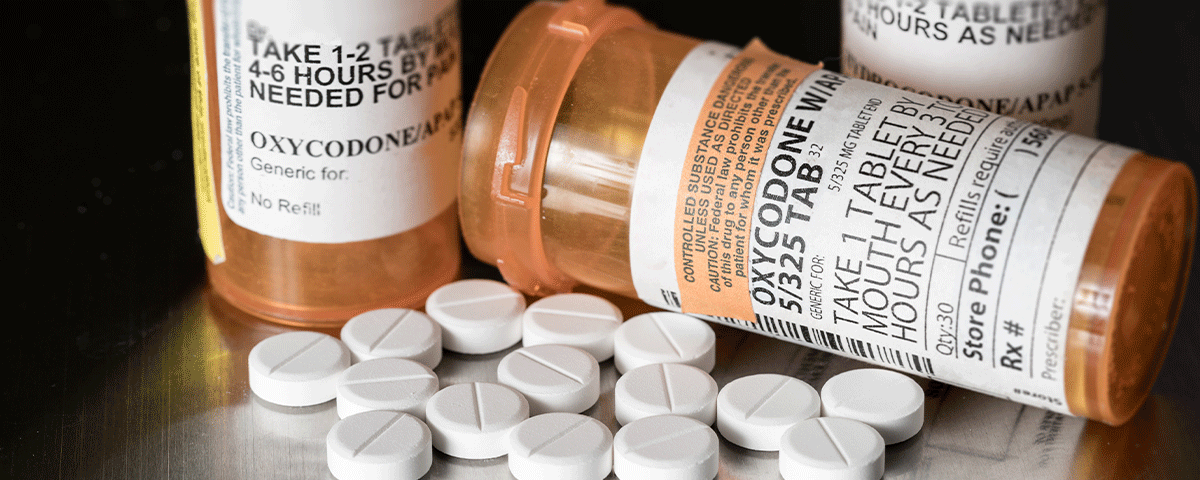What is the difference between opiates and opioids? Because of the opioid epidemic, there has been an increase in drug overdose rates in the United States. Many conversations have circled around both opioids and opiates and how they’re wreaking havoc on American families, but are they the same thing? Our drug and alcohol treatment center in Palm Beach shares the difference between opioid and opiate drugs and why they’re both dangerous.
Questions about our Programs?
Our admissions coordinators are available 24/7 to answer any questions you may have as you consider whether treatment at Banyan is right for you or your loved one.
Opioids vs Opiates
There are four different kinds of synthetic opioids: endogenous opioids (produced by the body), opium alkaloids (natural opiates), semi-synthetic opioids, and fully synthetic opioids. Opioids refer to drugs that are synthesized in a laboratory from opioids and act on the same areas of the brain as opiates. Because opioids aren’t natural, like opiates, they’re called synthetic drugs. Synthetic also means that the active chemicals in opioids are created chemically. Although an opioid is its own drug category, the term is often used to describe any substance, either natural, synthetic, or partially synthetic, that binds to opioid receptors in the central nervous system. Opiates, on the other hand, refer to any drug that’s derived from naturally occurring opium alkaloid compounds found in the opium poppy plant.
Common examples of opiates and opioids:
Opiates:
- Opium
- Codeine
- Morphine
- Narcotine
- Thebaine
- Narceine
- Papaverine
Opioids:
- Fentanyl
- Methadone
- Hydrocodone
- Oxycodone
- Buprenorphine
- Naloxone
Although they’re both different, both natural and synthetic opioids are highly addictive and dangerous. The nation is currently in an opioid crisis because prescriptions for these drugs spiked in the late 1990s, contributing to increased drug abuse, overdose deaths, and addictive behaviors like doctor shopping. Many people who begin using prescription opioids often turn to heroin because it’s a cheaper and often more accessible alternative. Behavioral Health of the Palm Beaches offers a medically monitored detox for opioids and other treatment programs that have helped people battling opioid abuse get sober.
What Is the Difference Between an Opioid and an Opiate?
Although “opiates” and “opioids” are used interchangeably, they aren’t the same. The main difference between opiates and opioids is that the former is naturally derived, while the latter is synthetic or man-made. Because synthetic opioids are often made in laboratories, they also often contain additional ingredients to heighten their side effects and allow drug dealers to expand their clientele and allow drug dealers to make a better profit. Synthetic opioids (like fentanyl) are also commonly used as cutting agents in other drugs like cocaine, amplifying its side effects and increasing the risk of overdose. Despite their differences, both opiates and opioids have contributed to an alarming rate of drug overdose deaths in the U.S. This rate has quadrupled since the beginning of the opioid epidemic in 1999.1
Get a Free Insurance Verification Today!
"*" indicates required fields
Opioids and Opiates: Not So Different After All
Thousands of people need opioid addiction treatment. Between 1999 to 2019, nearly 500,000 people died from overdoses involving prescription and illicit opioids.1 Opioids and opiates are both addictive because they both work by binding themselves to opioid receptors on nerves in the brain. This attachment causes the levels of chemicals associated with reward and mood – like dopamine and serotonin – to rise, producing euphoric and sedative side effects. It’s these side effects that are most addictive to users.
Some common side effects of opiates and opioids include:
- Sense of euphoria and pleasure
- Sedation
- Drowsiness
- Confusion
- Dizziness
- Nausea and vomiting
- Slowed breathing
- Decreased heart rate
- Tolerance
- Addiction
Opioid abuse heavily affects breathing, often causing hypoxia, a condition in which too little oxygen reaches the brain. Coma, permanent brain damage, and death can occur as a result.
Whether they’re prescription or illicit often matters little to opioid addicts. Many people with opioid addictions usually began their drug abuse habits with prescription drugs. They may have been prescribed opioids to treat their chronic pain or pain following an operation. But because these drugs have such a high potential for abuse, it’s not surprising that tolerance, dependence, and addiction can quickly occur in those who misuse or abuse these drugs in the slightest.
As a person’s prescription opioid abuse worsens, they may attempt to doctor shop or switch from one doctor to another in search of more prescriptions. When this becomes too difficult or is no longer an option, they usually switch to a more accessible and cheaper drug that’s just as powerful, if not more so: heroin. This difficulty in obtaining prescriptions explains why so many people who started with prescription drug abuse eventually need heroin addiction treatment.
Our Florida rehab facility understands how dangerous both opioids and opiates can be. While they’re different in their chemical makeup, both can produce addictive and dangerous side effects that can have a long-term impact on a person’s health, relationships, finances, and overall well-being. If you or someone you know is battling drug addiction, you’re not alone. Call us now at 561-220-3981 to learn how our addiction treatment in Lake Worth can help.













